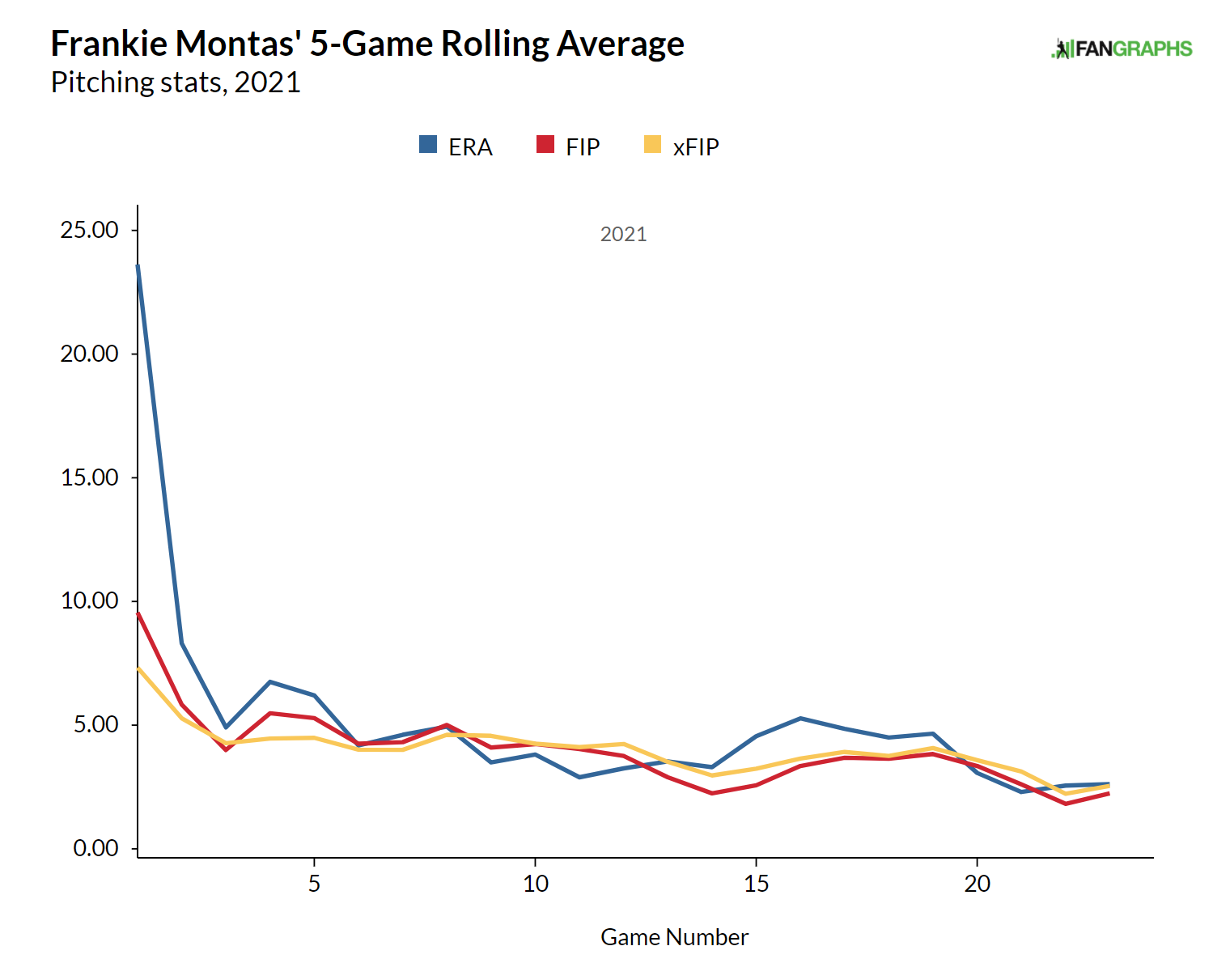Slumping Red Sox Get a Boost With the Returns of Chris Sale and Kyle Schwarber
The Orioles have a way of making the most free-falling of teams look healthy, but even so, the Red Sox had to be heartened by their three-game sweep this past weekend, as they finally took the wraps off two key stretch-run additions. On Friday night, trade deadline acquisition Kyle Schwarber made his Red Sox debut, and on Saturday, Chris Sale made his long-awaited return from Tommy John surgery. The pair should help shore up a team whose chances at a playoff spot have taken a hit in recent weeks.
The Red Sox trounced the Orioles by scores of 8-1, 16-2, and 6-2 from Friday to Sunday, giving the team just its second winning streak of longer than two games since the All-Star break. Even with the sweep, the Sox have gone just 6-8 in August, 14-15 in the second half, and 19-20 since the start of July, squandering an AL East lead that was as large as 4 1/2 games circa July 5. At 69-51, they now trail the Rays (71-47) by three games, and their chances of winning the division have dropped from a high of 70.8% to 39.4%. Those odds can’t help but improve with the additions of Schwarber and Sale, potential impact players who can each shore up an area of need.
Sale’s return came two years and one day after his last major league outing, dating back to his missing the final six weeks of the 2019 season due to elbow inflammation. After suffering a flexor tendon strain and experiencing continued pain, he underwent Tommy John surgery on March 30, 2020, his 31st birthday. The Red Sox were resolute in not rushing him back; he made the first of his five rehab appearances on July 15, 15 1/2 months after surgery, with the final two such outings lasting 81 and 89 pitches, respectively, which is to say that he wasn’t appreciably trying to increase his pitch count so much as fine-tune his repertoire. Read the rest of this entry »



